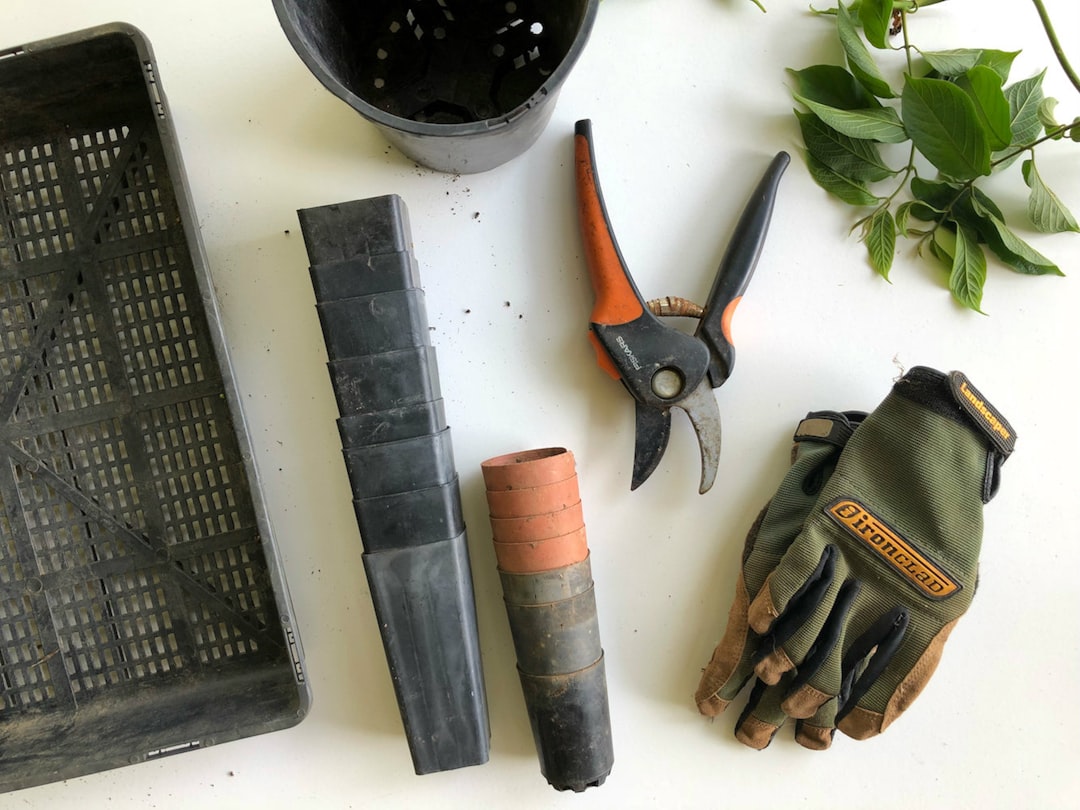
Most museums are filled with artifacts that are hundreds and even thousands of years old. You cannot pull an artifact out of a mound of dried sheep dung in a cave somewhere and toss it in a museum. You have to restore and preserve it. Restoring something like a big painting can be very pricey. If the damage to it is extensive, it can take years to complete. This is because; ancient history covers a lot of ground just like the restoration industry. It’s crucial to discover that it has many stories to tell. There are some facts associated with the art of restoring; restoration reveals secrets. Even if you think yourself to be an art connoisseur, you probably don’t spend much time contemplating what is under the paint.
Discover more that, there can be a lot taking place under the surface. Look at the 1641 Dutch painting View of Scheveningen sands by Hendrick van Anthonissen. A restoration effort showed something that entirely changed the subject. Learn more here that when Shan Kuang received the painting for restoration, it showed a group of spectators gathered on the beach. They were staring at what seemed to be more than a calm stretch of sea. The painting was a bit dull, unremarkable and didn’t make much sense. As she started to clear the yellowed varnish, Kuang saw a man suspended in air over the beach. More work revealed him to be standing on a beached whale. They were both concealed under a crude layer of paint since at least the 1800s.
Check it out; since no one is sure of the reason for the cover-up, their best guess is that concealing the dead animal might have improved marketability. Restorers don’t only expose fakes, sometimes they make them. A key technique for conserving outdoor antiques is sometimes to use dummies instead. Statues and monuments spend years weathering the elements and growing worse for wear. To preserve them, they are put into climate controlled surroundings and put on display. Lady Baltimore from the 1814 Baltimore Battle Monument has a new home in the Maryland Historical Society. A resign duplicate was used to replace the original wooden figure.
View here, the most popular argument within the restoration industry is whether or not it is important. If pieces are preserved with wear intact or restored to their original quality. The outcome of an art restoration project can be mixed, and in some cases dangerous. Read more here; even if the results are not disastrous, most experts think restorations invariably clear some of the original artistry. While this modern antique restoration concentrates on the fatalities of certain chemicals and processes, it hasn’t always been that way. Learn that, some technological advancements have been a godsend for certain types of restoration. UV light applied to paintings can provide valuable information about the materials used.
 Tips for Selecting an Ideal Landscaping Company
Tips for Selecting an Ideal Landscaping Company All
All  Analyzing resumes before conducting interviews.
Analyzing resumes before conducting interviews.
 Types of Asian Fruits and Advantages
Types of Asian Fruits and Advantages How To Access The Bridge Loan
How To Access The Bridge Loan Reasons Why You Need to Have Sales Recruitment Software in Your Company
Reasons Why You Need to Have Sales Recruitment Software in Your Company